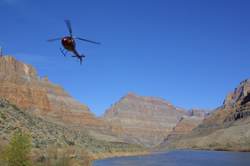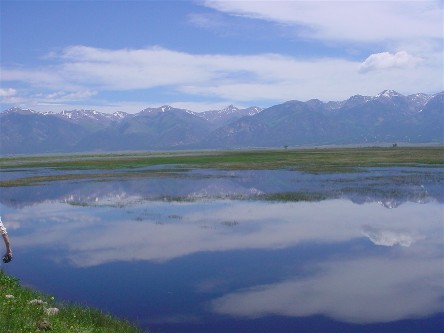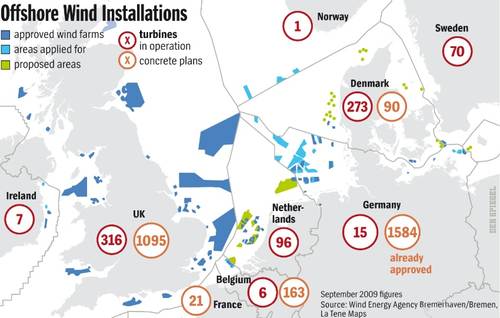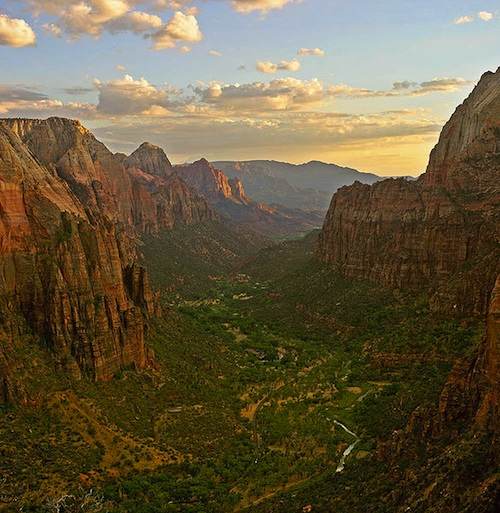Beaked whales avoid sonar at low sound levels
Effects of Noise on Wildlife, Science, Sonar Comments Off on Beaked whales avoid sonar at low sound levelsThe latest in a series of studies looking at responses of beaked whales to Naval mid-frequency active sonar has provided some new details that reinforce our understanding that this family of deep-diving whales is extremely sensitive to noise intrusions. The study, which took place on a US Navy training range in the Bahamas which is outfitted with seafloor recorders, found that beaked whales react to sonar signals below 142dB, and that they move an average of 16km away as soon as sonar operations begin, not returning until 2 to 3 days later.
It’s long been known that beaked whales tend to leave the range when exercises are taking place, but this study was the first time that some whales were tagged, to track exactly how far they went and how long they stayed away.
“Results… indicate that the animals prematurely stop vocalisations during a deep foraging dive when exposed to sonar. They then ascend slowly and move away from the source, but they do resume foraging dives once they are farther away,” said David Moretti, Principal Investigator for the US Navy.
“It was clear that these whales moved quickly out of the way of the [navy] sonars. We now think that, in some unusual circumstances, they are just unable to get out of the way and this ends up with the animals stranding and dying,” said Professor Ian Boyd, chief scientist on the research project. However, Boyd added “There is a tendency to blame the Navy for every stranding event and that is ridiculous.”
“Perhaps the most significant result from our experiments is the extreme sensitivity of these animals to disturbance,” said Boyd. “I am also worried that the general levels of sound that humans make in the ocean from all sorts of sources like ships, oil and gas exploration and renewable energy may be a much more serious problem for beaked whales and some other sensitive species.”
See good coverage from BBC and the Daily Mail, and read or download the research paper at PloS ONE.

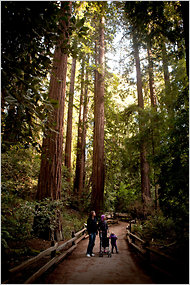
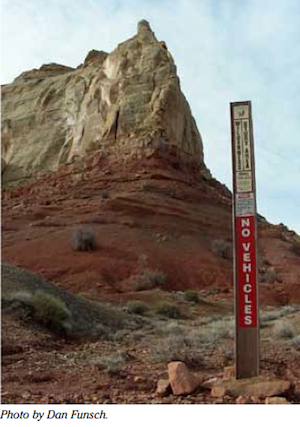
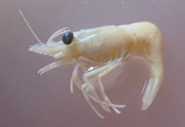 Many such small crustaceans are foundations of vast ocean food webs. Co-author
Many such small crustaceans are foundations of vast ocean food webs. Co-author 